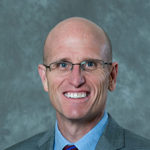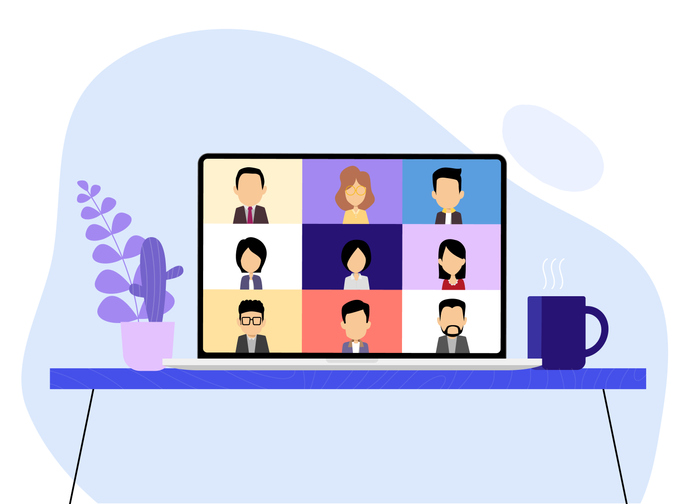
A lot of people who are normally very nervous about public speaking have discovered in recent months that presenting the same speech virtually – via Zoom or some other online platform – allows them to be more comfortable and confident.
In fact, sometimes a virtual presentation can actually be more effective – if it’s done right.
But some people, on the other hand, don’t like presenting without a live, face-to-face audience. For them, a live audience helps propel the message.
At Executive Education at the Darla Moore School of Business, we’ve found ways to help both groups – those who love Zoom, and those who don’t.
This Spring semester, Karen Kalutz and I will be teaching a course – online, of course – called “Making Effective Virtual Presentations.” This was one of the courses recently unveiled on the Emerging Ideas page on the ExecEd website. But the principles involved are not new. We’ve been teaching them for years now, within a different framework.
The curriculum was originally one of our Custom Solutions courses, developed to meet the needs of a specific company. The original course, “Speaking to Internal and External Audiences,” was developed for a large multinational engineering firm, and it helped executives, engineers, and managers become more confident and dynamic speakers. Originally a face-to-face class, we recently adapted it for virtually presentation, and continue to have success with it.
It’s not about theory. It’s about getting up and making real-life presentations to real audiences, wherever they may be. Participants “learn by doing,” generating multiple presentations and receiving immediate feedback and coaching from Karen and me. Participants have learned how to research their topics and audiences, identify their own natural speaking styles, and tailor their messages accordingly.
Workshop participants learned how to overcome common fears associated with public speaking, and how to stay calm during the Q and A. Most class time is spent actively preparing, practicing, and critiquing speeches.
This helped the Custom Solutions client, a company made up of a bewildering variety of skill sets, which often requires the sharing of extremely technical information between people who don’t know each other, and who may represent different disciplines.
We’re convinced it will help others, which is why we are adapting it as a new program in our Open Enrollment curriculum.
This class is not just about learning where the “mute” button is on Zoom. Far from it. The course content focuses on both message and technology. That’s very important: We spend as much time on crafting the message as we do on the delivery. The message itself carries the day; the rest is about being comfortable and competent with the delivery system.
Karen and I have been doing this together for about 10 years, drawing upon our experiences. I was once a public information officer. Karen has spent years as director at the Buckley School of Public Speaking in Camden.
But as experienced as we are, we don’t do a lot of speaking during the course; the students do the work. Because it’s about them, and the kind of virtual public speaking each of them needs to do.
The course will go like this, with each day lasting about four hours (more than that is just too exhausting):
- Day 1 – We cover the foundations of public speaking. Students get up and present a little bit. They get feedback, including from their classmates, on their talks: here’s what you need to work on, etc. It’s very strong feedback, but it’s constructive. The class splits into smaller groups, and things get very interactive.
- Day 2 – Everyone really starts to work on a presentation for their individual situation. Every participant’s set of challenges is different: Some start from nothing; others have more expertise.
- Day 3 – The whole day is devoted to individual coaching sessions.
- Day 4 – This is the shortest day – just a couple of hours. Everybody gets up and makes their respective presentations. This day, there is no feedback. Just a lot of a clapping and people saying, “Yay for you!”
The class is over. Everyone goes away feeling more comfortable with virtual public speaking. Each of them then goes out and gives that presentation, in the real world of their own work lives.
We have heard back from our students who took the original course frequently. I don’t remember anybody ever saying that was anything but a positive experience. It really helps.
Our experiences of the past several months have taught us that all aspects of global business – including sales, client relations, RFP responses and team management – will increasingly happen virtually, and all of us will need to be more comfortable and adept at making those virtual presentations.
We know from experience that this course can help you with that.
Brad Stratton is the director of the Center for Business Communication at the Darla Moore School of Business. He has taught professional communications at the University of South Carolina since 1999.



Comments are closed.